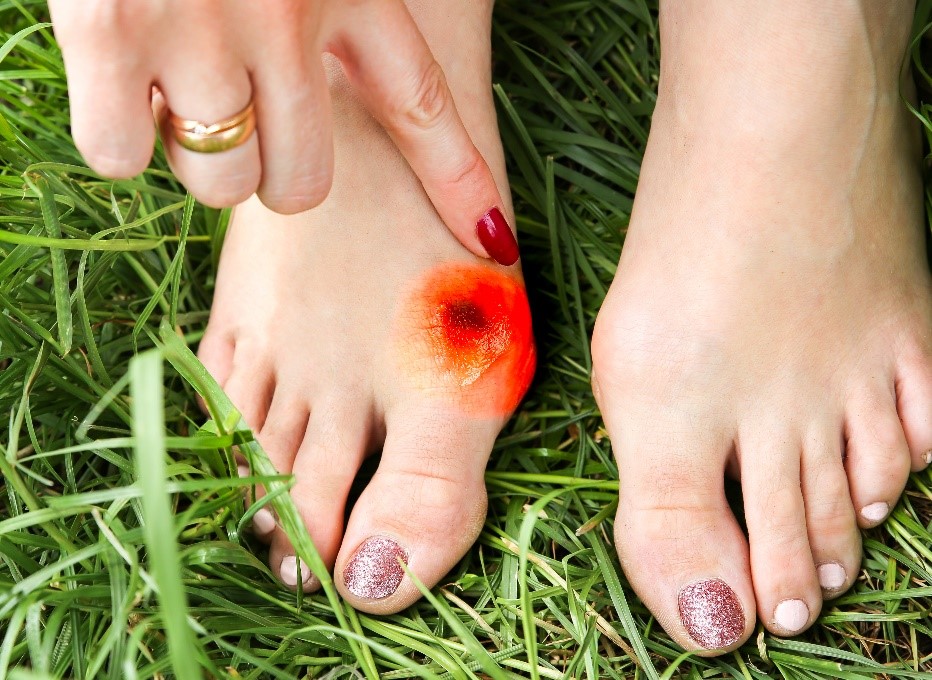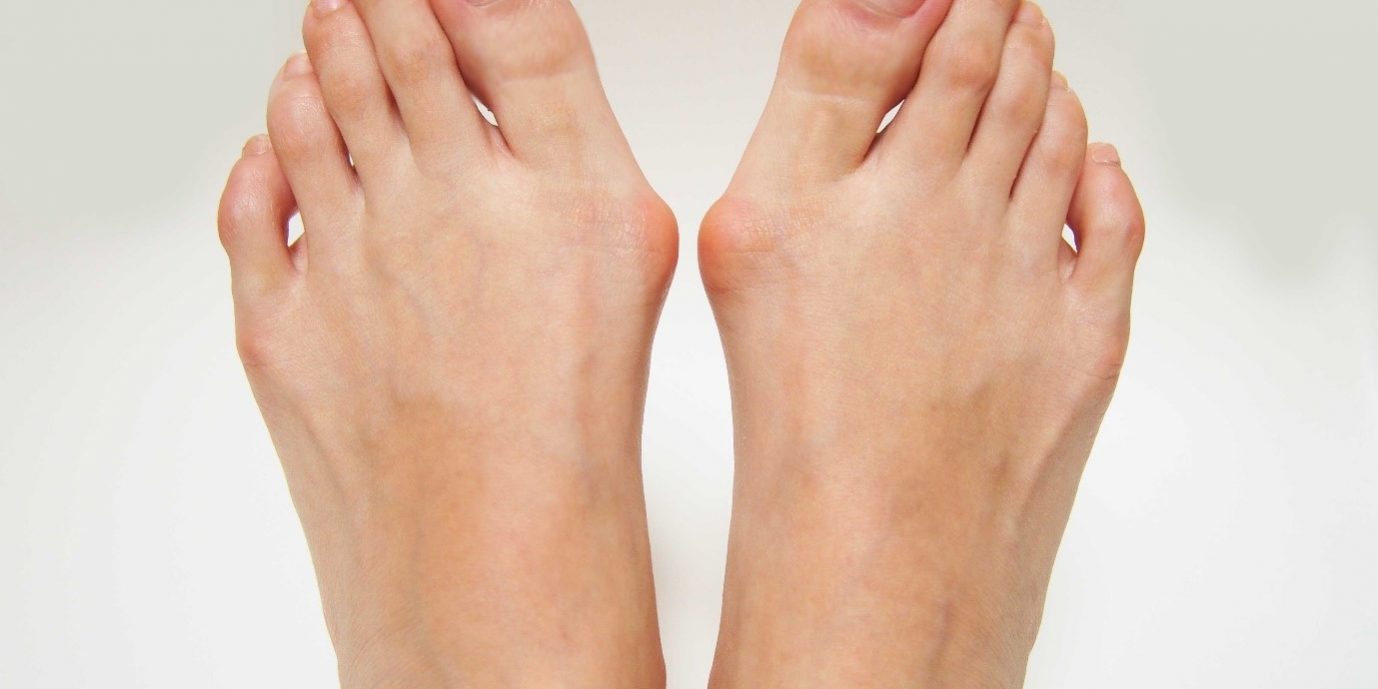If you have a bunion, you need to see a podiatrist for orthotics and wear wider shoes. If it continues to cause discomfort, your podiatrist will probably recommend surgery. Below you will find the most important information about bunion surgery.
What Is a Bunion?
A bony lump located at the side and base of the big toe is called a bunion. The most common causes of bunions are wearing a tight-fitting shoe always, flat feet, a foot injury, arthritis, neuromuscular conditions, or genetic disorders.
Who Needs Bunion Surgery?
A bunion deformity may start small and not be painful, which may not require surgery. Your podiatrist will probably recommend treatment for pain relief. This includes wearing orthotics and wider shoes, taking anti-inflammatory medications like aspirin or ibuprofen, ice packs and massage.
Once it gets bigger over time, the bunion becomes painful, and causes discomfort when walking; that’s the time bunion surgery is the best option. Who would want to walk around with an aching big toe? In summary, here are the candidates for bunion surgery:
- Foot pain: When you experience foot pain affecting everyday activities. There is foot pain while walking in short distances, or pain even while wearing athletic and comfortable shoes.
- Toe Deformity: When the big toe’s joint drifts too much towards the smaller toes that it might end up with toes crossing over.
- Chronic Inflammation of Big Toes: The swelling of the big toes that does not relieve with rest or anti-inflammatory medications.
- Stiff Toes: When the big toes are unable to bend and straighten.
- Chronic pain: There is persistent foot pain that doesn’t go away for weeks even with medication or pain relief interventions.

What Are the Benefits of Bunion Surgery?
The primary goal of bunion surgery is pain relief, allow the patient to wear shoes with comfort, stop the inflammation and correct toe deformity. It is not a cosmetic surgery for aesthetic purposes.
The successful outcome of this procedure are a straighter big toe, pain relief, comfort when walking with shoes. Once you undergo and heal from bunion surgery, you can enjoy standing, walking and running activities without pain. This is a corrective procedure that will help you in keeping active.
The corrective procedure also makes you confident in wearing open shoes because of the improvement in the appears of your big toe. If you had your bunion corrected by an experienced podiatric surgeon, bunion recurrence is unlikely to happen.
What Happens During the Surgery?
The bunion surgery takes about 30-60 minutes, and you will undergo intravenous sedation or “twilight” anaesthesia. There will be a numbing of the big toe with long-acting local anaesthesia that usually lasts for 24 hours after surgery.
What happens during bunion surgery is bunion removal, realigning bones of the big toe, correcting soft tissues around the big toe by tightening of stretched tissues, releasing tight tissues. Not all bunions are alike, and the podiatric surgeon will assess what type of bunion surgery is best for you.
What Happens After the Procedure?
You must follow the directions of the podiatric surgeon in regard to taking medication, rest, elevation, and reducing amounts of weight-bearing activities.
Recovery Period
Bunion surgery is done as an outpatient procedure so you can go home the same day of the operation. I
Here are some key points to remember after the procedure:
- During the first week, elevate your foot as much as possible to reduce swelling.
- During the first 4 weeks after your operation, you need to wear a postoperative shoe provided for you.
- Initial recovery from bunion surgery takes 4-6 weeks after which you will wear a running shoe for another 4 to 6 weeks.
- Full recovery takes 6-12 months, depending on the type of surgery required to correct your bunion.
Possible Postoperative Complications
Bunion surgery is very successful and 95% of patients have no complications. Of the very small number of patients who develop complications almost all are managed in the office.
Immediately after your surgery, watch out for these signs and symptoms and immediately report them to your podiatric surgeon.
- Pain at the surgery site that is not relieved by medication prescribed for you.
- Bleeding through the dressing greater than a 2 cm in size.
- Pain in either lower leg, chest or shortness of breath.
Your podiatric surgeon will closely monitor your progress for 12 months after surgery and discuss the need to manage any complications in the unlikely chance that they occur.
Related Read: What Does Bunion Pain Feel Like?
Do You Need Bunion Surgery?
When you’re experiencing big toe or foot pain while walking and wearing shoes due to the protruding bone, you may be a candidate for bunion surgery. The surgery is also recommended once the big toe becomes inflamed and the swelling is not relieved by any medication.
If you think you are a candidate for this procedure, call us or book an appointment with Adelaide Foot and Ankle today.





